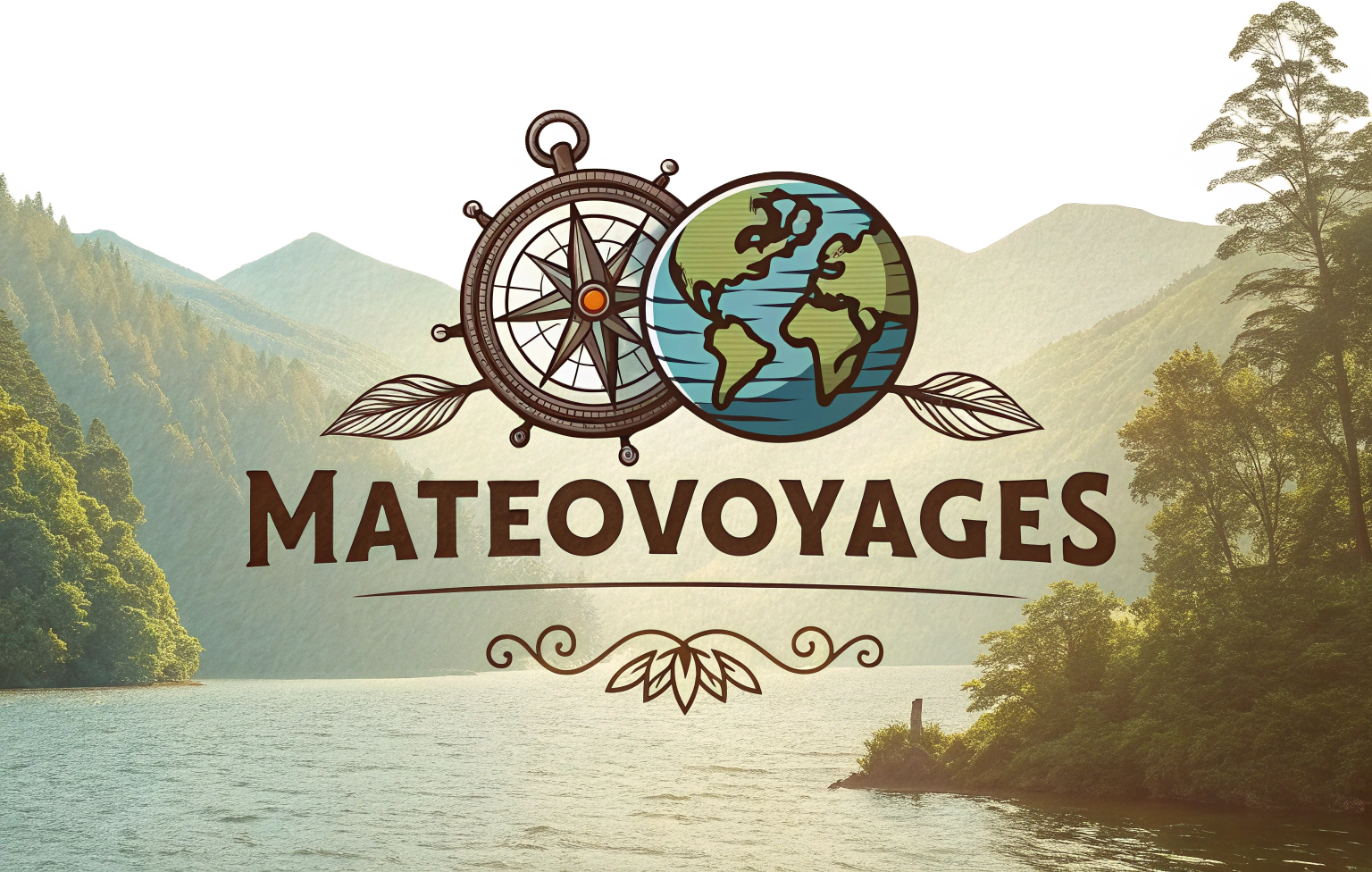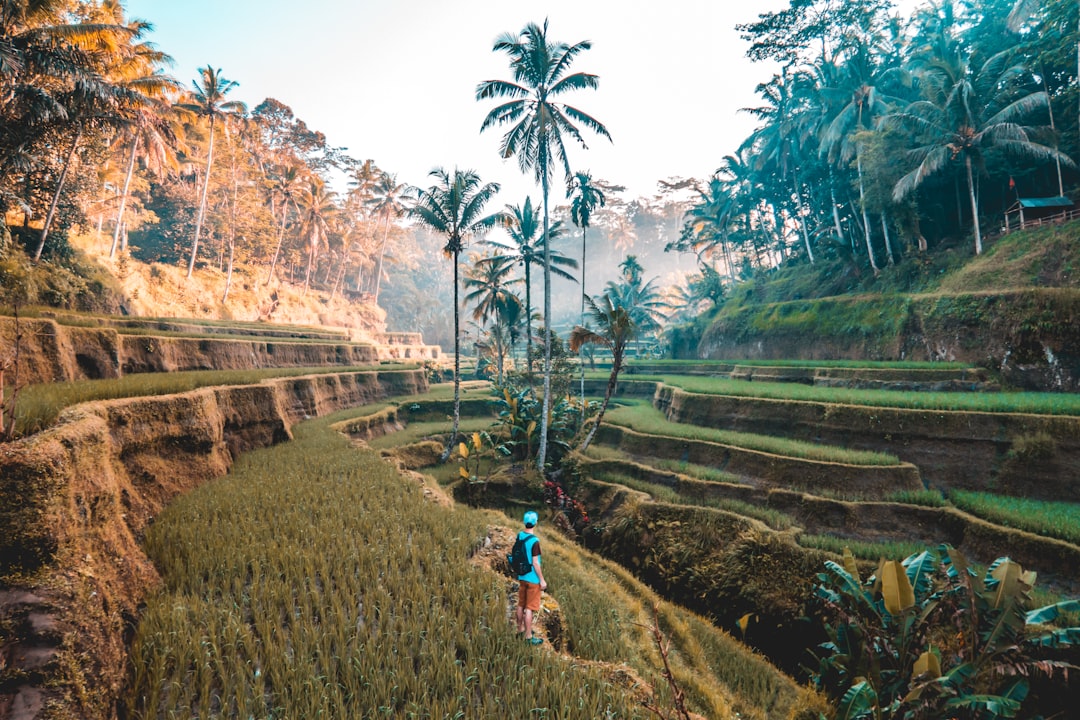The Art of Slow Travel: Embracing the Journey, Not Just the Destination
In a world that’s perpetually in a hurry, where speed and efficiency reign supreme, there exists a delightful counter-movement that encourages us to slow down and truly savor our journeys. Welcome to the art of slow travel, a philosophy that challenges the traditional notion of travel as merely getting from point A to point B. Instead, it emphasizes immersing oneself in the experience, forging genuine connections with local cultures, and rediscovering the joy of the journey itself.
The allure of slow travel lies in its promise of authenticity and depth. It’s about choosing quality over quantity, favoring a deep dive into a single destination over a superficial glance at many. Imagine spending a week in a quaint Italian village, where mornings begin with a leisurely stroll to the local market for fresh produce, afternoons are spent savoring a homemade meal with newfound friends, and evenings culminate in conversations under the starlit sky.
The slow travel philosophy aligns seamlessly with eco-friendly practices. By opting for trains, bicycles, or even walking, slow travelers reduce their carbon footprint, contributing to more sustainable tourism. It encourages staying in locally-owned accommodations, eating at neighborhood eateries, and supporting artisans, thereby fostering economic growth within the community.
For many, slow travel becomes a form of meditation. It provides the space and time to reflect, to absorb the subtle nuances of a place, and to cultivate mindfulness. Without the pressure of a packed itinerary, travelers can tune into the rhythms of their surroundings and perhaps, more importantly, into themselves.
Of course, slow travel is not without its challenges. It demands patience, a willingness to let go of rigid plans, and the acceptance of unpredictability. It’s not for those who thrive on ticking off bucket lists at lightning speed. However, for those willing to embrace its tenets, the rewards are plentiful.
One of the most profound impacts of slow travel is the lasting relationships it fosters. By lingering in one place, travelers have the opportunity to forge connections with locals, learning their stories, and perhaps even contributing to their communities in meaningful ways. It transforms the traveler from a transient visitor to a temporary local, with a sense of belonging that transcends the superficial.
The trend of slow travel is gaining momentum, as more individuals seek respite from the fast-paced nature of modern life. It’s an antidote to burnout, offering a way to travel that is as enriching as it is restorative. Whether it’s a solo sojourn or a family adventure, embracing slow travel invites us to explore the world in a way that is intentional, conscious, and profoundly rewarding.
In essence, slow travel is about choosing the road less traveled, about finding beauty in simplicity and joy in the journey. It’s an invitation to wander, to wonder, and to awaken to the world around us. As the wise say, ‘It’s not the destination, but the journey that matters.’ In the realm of slow travel, this sentiment rings truer than ever.




